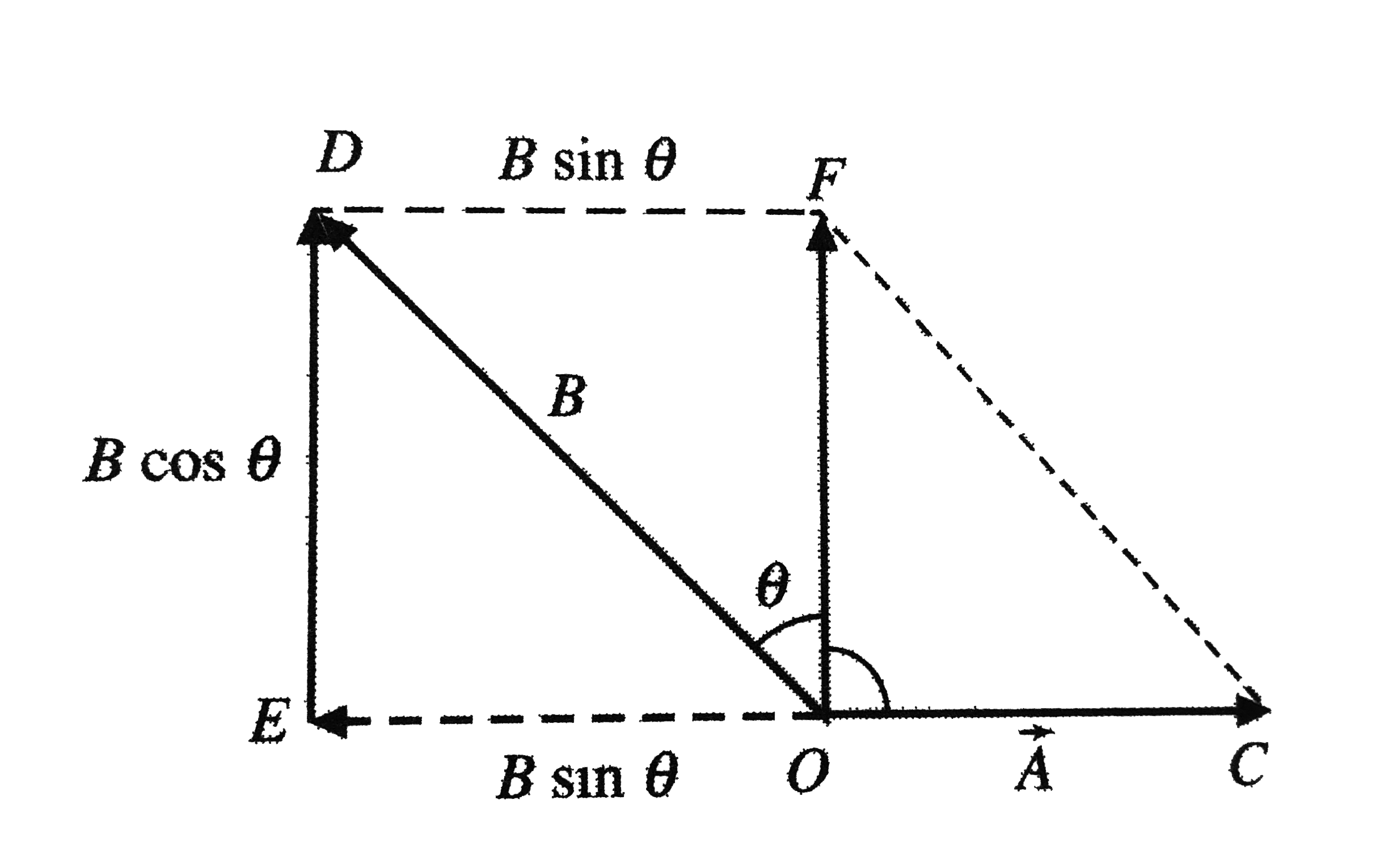If magnitude of the resultant of two vectors equal of magnitude, is equal to the magnitude of either of the vectors, what is the angle between them ?
cos−1(−B2A)andcos−1(−A2B)
sin−1(AB)andcos−1(−B2A)
sin−1(−AB)andcos−1(−2AB)
none of these
The correct Answer is:A
Step by step video solution for If magnitude of the resultant of two vectors equal of magnitude, is equal to the magnitude of either of the vectors, what is the angle between them ? by Physics experts to help you in doubts & scoring excellent marks in Class 11 exams.
Updated on:21/07/2023Similar Questions
Resultant of two vector of equal magnitude A is
View SolutionSquare of the resultant of two forces of equal magnitude is equal to three times the product of their magnitude. The angle between them is
View SolutionSquare of the resultant of two forces of equal magnitude is equal to three times the product of their magnitude. The angle between them is
View SolutionIf the angle between two vectors of equal magnitude P is θ the magnitude of the difference of the vectors is
View SolutionSquare of the resultant of two forces of equal magnitude is equal to three times the product of their magnitude. The angle between them is :
View SolutionIf the magnitude of sum of two vectors is equal to the magnitude of difference of the two vector, the angle between these Vector is
View SolutionIf the magnitude of sum of two vectors is equal to the magnitude of difference of the two vector, the angle between these Vector is
View SolutionTwo vectors of equal magnitudes have a resultant equle to either of them, than the angel between them will be
View SolutionIf the magnitude of two vectors are 4 and 6 and the magnitude of their scalar product is 12√2 what is the angle between the vectors?
View SolutionThe resultant of two vectors →A and →B is perpendicular to the vector →A and its magnitude is equal to half of the magnitude of the vector →B. Find out the angles between →A and →B.
 .
.
View Solution
